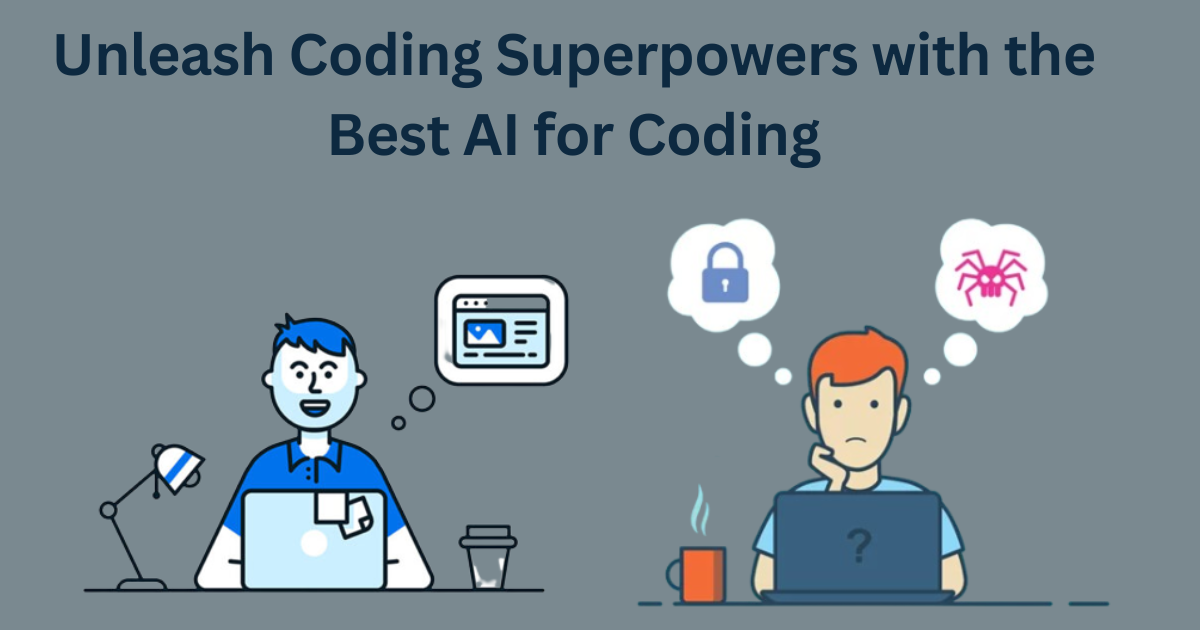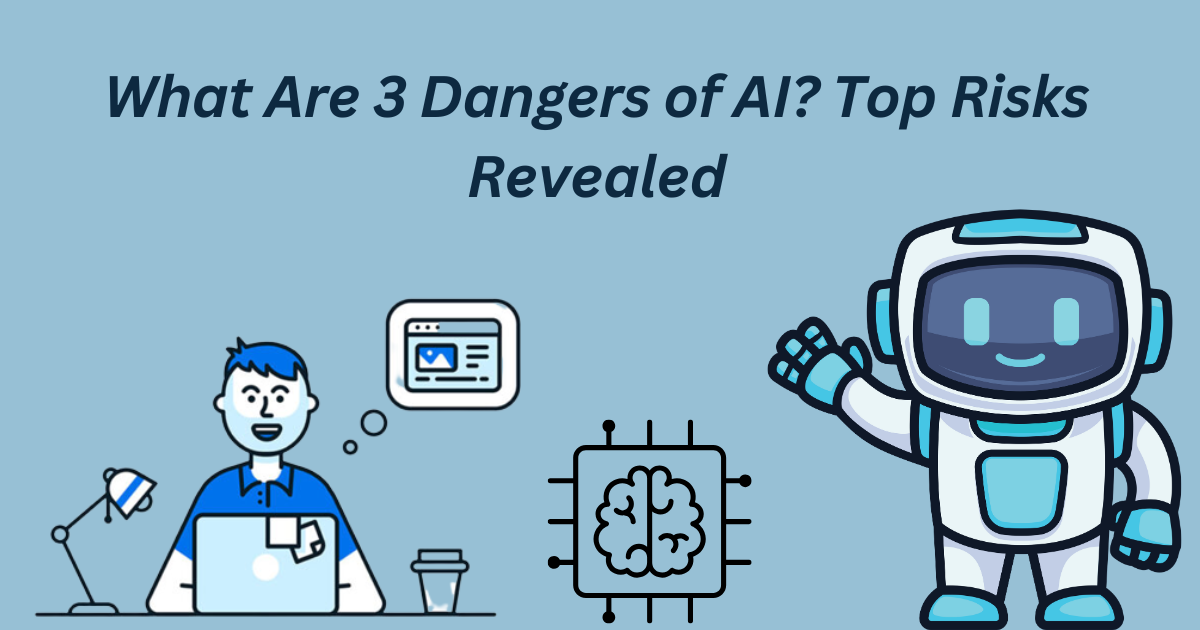Imagine writing code faster and solving bugs smarter. AI coding tools are changing how developers work. Unleash Coding Superpowers with The Best AI for Coding 2025. They’re not just helpers; they’re partners that boost your skills.
Whether you’re debugging or building apps, AI can help. It suggests code, predicts errors, and makes workflows smoother. These tools are real and making a big impact.
AI is like your coding sidekick. Tools like GitHub Copilot or OpenAI Codex offer instant suggestions. They help you focus on innovation, not routine tasks.
But how do you choose the right AI tool? This guide will show you the top options. You’ll learn about their strengths and how they supercharge coding. Let’s explore the future of programming together.
The Rise of AI in Modern Programming
Not long ago, many developers saw AI as a distant dream. Now, it’s a key part of coding. This change shows AI tools are now practical solutions, changing how we develop every day.
How AI is Transforming the Coding Landscape
AI in software development has grown beyond simple auto-complete. Tools like GitHub Copilot use machine learning to guess code patterns. This means less time on repetitive tasks.
Imagine typing “create a login form” and seeing the code pop up. These systems look at huge codebases to suggest smart solutions. This boosts coding productivity and sparks new ideas.
Why Programmers Are Embracing AI Assistants
Developers now see AI as a helpful partner, not a threat. A big reason is the time it saves. AI tools spot errors early, cutting down debugging hours.
One developer said, “With AI, I spend less time on syntax and more on solving real problems.” Learning new programming languages is also easier. AI offers real-time examples, helping coders adapt quickly to new frameworks.
The Evolution from Simple Code Completion to Intelligent Assistance
Early tools just offered basic code snippets. Now, AI systems understand the context. Here’s how it’s changed:
- Phase 1: Autocomplete for keywords (2010s)
- Phase 2: Context-aware suggestions (2020)
- Phase 3: Full function generation (2023+)
Today’s tools can guess what you mean, like suggesting cloud integration code when you mention AWS. This move from simple suggestions to proactive problem-solving marks a new era in coding. Programmers now work with AI to create code faster than ever.
Understanding How AI Coding Assistants Work
Machine learning coding assistants use two main technologies: machine learning and natural language processing (NLP). They are like digital apprentices that learn from millions of lines of code. They study patterns in projects from places like GitHub to guess what you might type next.
Here’s the process simplified:
- Training: AI models “read” open-source code to spot common structures and syntax
- Input: You type a few lines or write a comment describing what you need
- Output: The AI generates suggestions based on learned patterns
Let’s compare how AI code generation differs from older tools:
| Traditional Tools | Modern AI Assistants |
|---|---|
| Rule-based autocomplete | Context-aware suggestions |
| Limited to syntax rules | Learns from real-world projects |
“It’s like having a coding mentor who’s studied every GitHub project ever written,” says tech analyst Sarah Lin. She points out how these tools predict solutions, not just syntax.
Automated coding systems use transformer models. These models track relationships between code elements across entire documents. When you describe a function in plain English, the AI matches your request to similar problems it’s seen before. It suggests full loops, API calls, or even entire functions, adapting to your coding style over time.
AI Coding Tools: The Future of Programming
AI coding tools are changing how we write code. They don’t write perfect code alone but help a lot. Developers still check and improve the suggestions. This saves a lot of time.
The Best AI for Coding: Top Tools Compared
There are many GitHub Copilot alternatives today. Each tool has its own way of helping with AI pair programming and code completion tools. They cater to different coding needs. Let’s explore the top solutions and what makes them unique.
GitHub Copilot: The Pair Programmer You’ve Always Wanted
GitHub Copilot excels in AI pair programming. It turns comments into code. It works well with VS Code and Neovim, suggesting full functions and debugging snippets. There’s a free tier, and more advanced plans for teams.

OpenAI Codex: Powering the Next Generation of Code
OpenAI Codex powers GitHub Copilot and other tools through its API. It supports over 20 languages, making it versatile. Pricing varies based on how much you use the API.
Tabnine: AI-Powereded Code Completion
Tabnine focuses on code completion tools that understand the context. It keeps your data private by training on your device. It’s free for basic use and works with 20+ IDEs and 30+ languages.
Amazon CodeWhisperer: AWS’s Answer to AI Coding
CodeWhisperer works with AWS services, offering code suggestions and security scans. It’s free for AWS users, perfect for cloud-based projects.
Replit Ghostwriter: Making Coding More Accessible
Ghostwriter makes coding easier in Replit’s IDE, great for beginners. It offers live collaboration and real-time suggestions. It starts at no cost for basic use.
| Tool | Key Strength | Pricing | Best For |
|---|---|---|---|
| GitHub Copilot | AI pair programming, VS Code integration | Free tier + paid plans | Complex projects, team workflows |
| OpenAI Codex | API-based code suggestions | API pay-as-you-go | Custom integrations |
| Tabnine | Privacy-focused code completion tools | Free + Pro plans | Security-conscious teams |
| Amazon CodeWhisperer | AWS ecosystem synergy | Free for AWS users | Cloud developers |
| Replit Ghostwriter | Beginner-friendly suggestions | Free + Replit Pro | Learning and prototyping |
Compare these tools to find the best fit for your workflow. Looking for GitHub Copilot alternatives? Check out OpenAI Codex or CodeWhisperer. For lightweight code completion tools, Tabnine or Ghostwriter might be better.
Key Features to Look for in AI Coding Tools
Finding the right developer AI tools means knowing what’s important. Here’s how to find features that make a tool essential:
Code Completion and Suggestion Accuracy
First, see if the suggestions fit your coding style. Code suggestion tools can be set to be very precise or more open. GitHub Copilot, for example, lets you adjust how it works based on your needs.
Language and Framework Support
Make sure the tool supports your programming languages. Languages like Python or JavaScript get more attention because they’re used a lot. Tools like OpenAI Codex and Tabnine are upfront about what they support.
IDE Integration Capabilities
Good integration makes you more efficient. Look for tools that work well with your favorite IDEs. Amazon CodeWhisperer, for instance, has a great VS Code extension that saves time.
Privacy and Security Considerations
Privacy and security are key. Make sure the tool keeps your code and data safe. Also, check the licensing terms to avoid legal issues. For example, Replit Ghostwriter lets you choose how your data is used.
How AI Coding Assistants Boost Developer Productivity
Studies show AI programming tools reduce routine tasks. This lets developers focus on creative problem-solving. A 2023 survey of 5,000 developers found coding productivity gains averaging 40%. Also, 70% of them cut their debugging time in half.
These tools aren’t just hype. They really deliver results.
- Repetitive tasks: Auto-completion features cut down boilerplate code writing by up to 65%, as seen in GitHub Copilot case studies.
- Learning acceleration: Developers learn new frameworks 30% faster with AI suggestions.
- Documentation: Tools like Tabnine make API references in real-time, reducing documentation time by 50%.
- Prototyping: AI suggestions let teams test ideas 3x faster than manual coding alone.
“The AI’s ability to suggest optimized code paths saved our team 220 hours last quarter.” – Senior Engineer, AWS Cloud Team
Developer AI tools offer many benefits, but gains vary based on how well they fit into your workflow. New users often see a 2-4 week adaptation period before reaching peak efficiency. Use built-in analytics in tools like CodeWhisperer to track progress and see time saved per session.
These tools aren’t meant to replace developers. They’re meant to boost human potential. The key is to pick AI programming tools that fit your team’s coding style and project needs.
Learning Curve: Getting Started with AI Coding Tools
Starting with an AI coding assistant might seem tough at first. But, taking it one step at a time can really pay off. This part will guide you through the first steps of using AI in coding.
Setting Up Your First AI Coding Assistant
First, pick tools that fit your coding style. For GitHub Copilot, just install the VS Code extension and log in. Tabnine users can add a browser plugin or IDE integration. Then, follow the tutorials to set up how often you want suggestions and which languages to use.
Best Practices for Effective Collaboration with AI
- Write clear, specific prompts—ask for “a Python function to validate email formats” instead of vague requests.
- Review all suggestions: Accepting code without testing risks logic errors.
- Balance AI input with manual coding. Use tools for repetitive tasks while tackling complex logic yourself.
Using AI for software development with your own judgment can really boost programming efficiency.
Common Pitfalls to Avoid
Avoid these mistakes to make your journey smoother:
- Ignoring security checks: Verify dependencies in AI-generated code snippets.
- Over-relying on suggestions: Critical thinking prevents dependency on auto-suggestions.
- Skipping documentation: Note which parts of your code come from AI for future audits.
“My biggest win? Letting AI handle boilerplate code freed me to focus on the core problem.” – Sarah, Frontend Developer
Future Trends in AI-Assisted Programming
AI coding tools are getting better, changing how we make software. New trends will make software creation more efficient and raise important questions about ethics.
Automated Coding’s Leap Forward
Future AI tools will do complex tasks with little help from humans. Just tell an AI to create a “user login system with two-factor authentication” and it will make secure code. Tools like OpenAI’s Copilot already start coding, but new machine learning for developers will do more. Soon, AI might even test and fix code, making whole modules ready to use.
Low-Code Meets AI: Democratizing Development
Platforms like Microsoft Power Apps and Bubble are getting smarter with AI. This means:
- AI helps with backend logic for easy-to-use interfaces
- AI fills in the blanks for those who aren’t experts
- AI gives feedback to make apps better
These tools could turn ideas into working apps in just hours.
Preparing for Change: Ethics and Employment
There are both good and bad sides to this change. Here’s a look at both:
| Opportunity | Challenge |
|---|---|
| AI frees developers to focus on creative work | There’s a risk of jobs being lost in routine coding |
| It makes it easier for new coders to start | There’s a question about who owns AI-generated code |
Developers need to learn about strategy, ethics, and solving big problems. Gartner says 70% of companies are now training staff to work with AI instead of replacing them.
Real-World Success Stories: Developers Using AI Coding Tools
Teams and individuals worldwide are already seeing results from integrating AI into their workflows. Let’s look at how coding productivity has skyrocketed in real scenarios:
- A healthtech startup cut MVP development time by 40% using GitHub Copilot’s AI pair programming features. The tool helped draft secure API integrations and documentation, letting engineers focus on core logic.
- An e-commerce giant reduced code review cycles by 30% with Amazon CodeWhisperer. The platform flagged inconsistencies in legacy code, streamlining updates across a 10-million-line codebase.
- A solo developer mastered React Native in weeks using Tabnine’s suggestions while building a fitness app. The developer AI tools provided real-time examples, bridging gaps in their prior Angular knowledge.
“The AI isn’t just a crutch—it’s a partner that learns my workflow. It found a memory leak in my Node.js app I’d missed for months.” – Sarah, Backend Engineer at GreenTech Solutions
Even small teams see wins: a 10-person SaaS company used OpenAI Codex to auto-generate test scripts, freeing up 15 hours weekly for innovation. Another fintech team slashed onboarding time for new hires by 50% with AI-driven code templates.
These stories show AI pair programming isn’t just hype. From fixing bugs to accelerating learning, these tools adapt to diverse needs. While challenges like over-reliance or setup friction exist, the majority report net gains in speed and creativity. As these examples prove, the right developer AI tools turn abstract ideas into shipped products faster than ever.
Conclusion: Embracing AI as Your Coding Superpower
AI coding tools like GitHub Copilot and OpenAI Codex are changing how developers work. The best ai for coding tools today don’t just speed up tasks. They open doors to smarter, more creative solutions. Whether you’re a beginner or a pro, these AI coding assistant tools are here to stay.
Boosting coding productivity starts with choosing the right tool. New coders can try Replit Ghostwriter to simplify learning. Teams might integrate Amazon CodeWhisperer into their AWS workflows. Even small tweaks, like enabling code completion in your IDE, can cut routine work and free up time for innovation.
As AI evolves, so do opportunities. Early adopters gain a competitive edge by mastering these tools now. Explore what works best for your projects—whether it’s OpenAI Codex’s versatility or GitHub Copilot’s deep integration. Remember, AI coding assistant technologies are partners, not replacements. They help you focus on solving problems, not just writing lines of code.
Ready to try? Start with a free trial of GitHub Copilot or test Amazon CodeWhisperer’s suggestions. Share your experiences and see how these tools adapt to your style. The future of coding isn’t just about speed—it’s about creativity and efficiency.
Embrace these tools, and let them turn your ideas into reality faster than ever. Your next project could be the start of something extraordinary with the right best ai for coding by your side.
FAQ
What is AI coding assistant?
An AI coding assistant is a software tool. It helps developers write code more efficiently. It offers code suggestions, detects errors, and generates functions.
It uses advanced technologies like machine learning and natural language processing.
How does using AI tools improve my coding efficiency?
AI tools make coding more efficient by automating tasks. They suggest code snippets and help with debugging. This lets developers focus on complex and creative coding tasks, boosting productivity.
Are AI coding assistants suitable for beginners?
Yes! AI coding assistants are great for beginners. They offer guidance, suggest code examples, and help learn programming concepts quickly. These tools are like supportive friends during the learning journey.
What are some popular AI coding assistants available today?
Popular AI coding assistants include GitHub Copilot, OpenAI Codex, Tabnine, Amazon CodeWhisperer, and Replit Ghostwriter. Each tool has unique features for different programming needs.
How do I choose the right AI coding tool for my needs?
When picking an AI coding tool, look at code completion accuracy and language support. Also, consider IDE integration and privacy/security features. Think about your development style and project needs to find the best tool.
Can AI tools learn from my coding style?
Yes, many AI coding assistants learn from your coding style. They use machine learning to adapt and improve suggestions based on your patterns and preferences.
What are some common mistakes to avoid when using AI coding tools?
Avoid relying too much on AI suggestions without checking them. Don’t ignore security in generated code. Also, use AI wisely, balancing it with your own judgment.
How can I measure my productivity improvements after using AI coding tools?
Track time saved on coding tasks and debugging time. Also, measure project completion speed. Keeping a journal of your workflow before and after using AI tools can show your progress.




